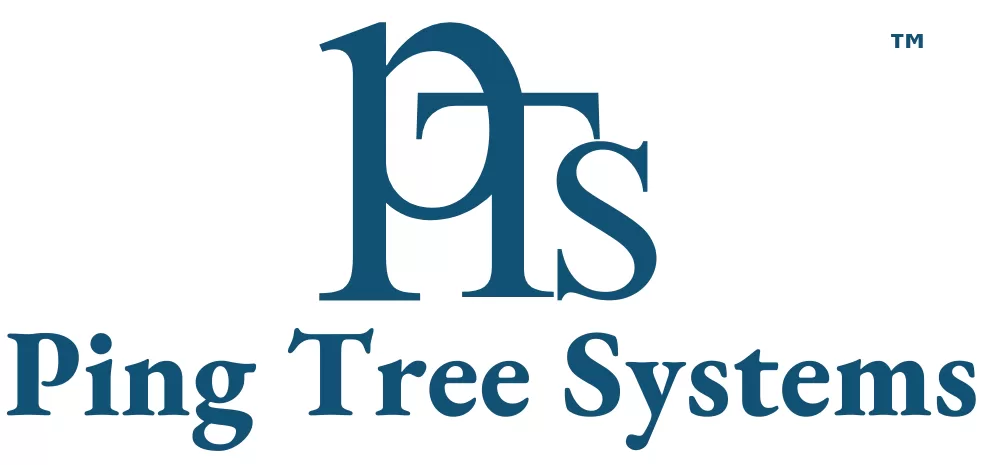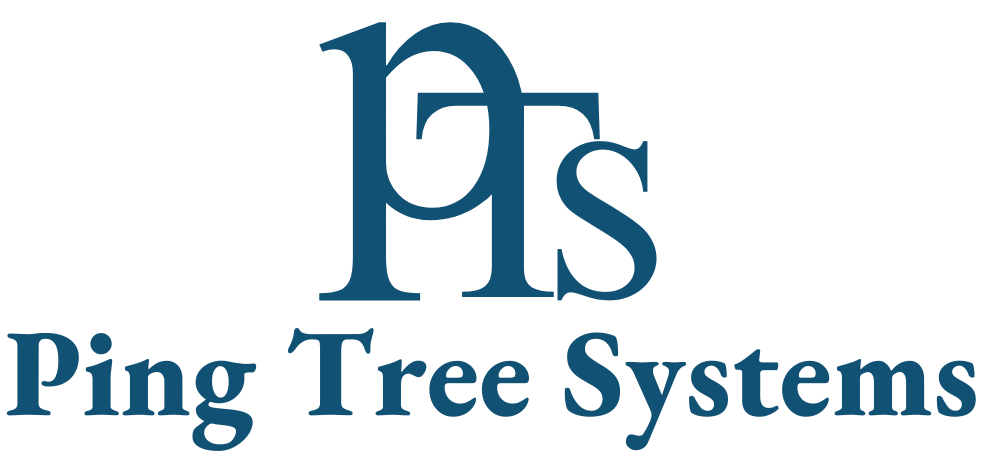In the life insurance industry, generating leads constitutes only a portion of the overall challenge. The true measure of success is determined by the subsequent actions taken after lead generation—specifically, the conversion rates, the efficiency of your team’s follow-up efforts, and the overall value these leads contribute to your business.
Regardless of whether you are utilizing digital advertisements, purchasing leads, or implementing referral programs, it is crucial to monitor the appropriate metrics to assess performance, enhance ROI, and facilitate more informed marketing choices. This becomes especially important when using advanced tools like Ping Post Software or systems that support Ping Post Lead Distribution, which allow for real-time lead delivery and dynamic bidding based on lead quality.
In this blog, we will outline the essential metrics that every life insurance agent or agency should monitor when executing lead generation campaigns.
1. Cost Per Lead (CPL)
What it is:
The amount you invest to obtain a single lead.
Why it matters:
CPL allows you to assess the effectiveness of each campaign or channel. For instance, if you are spending $50 per lead through Facebook Ads and only $20 per lead via a referral partner, you can identify areas for scaling and optimization. By integrating ping post lead distribution software or a robust Lead Distribution Software, you can automate the routing of leads from various sources and track CPL performance in real time. A well-structured Lead Distribution System ensures you’re not only acquiring leads cost-effectively but also directing them to the most appropriate team members for maximum ROI.
2. Lead Quality Score
What it is:
A metric (often subjective or based on CRM data) that assesses the likelihood of a lead converting, taking into account factors such as:
-
Location
-
Contact accuracy
-
Coverage need
-
Age/income
-
Intent or urgency
Why it matters:
A low-cost lead holds no value if there is little chance of purchase. High-quality leads tend to convert more quickly and have greater value, even if they come with a higher initial expense. Using tools like Ping Post Software and implementing a Ping Post Lead Distribution model allows you to assess lead quality in real-time, ensuring that only the most viable leads are routed to your intake team—boosting efficiency and improving conversion outcomes.
3. Contact Rate
What it is:
The proportion of leads that your team successfully contacts via phone, email, or text.
Why it matters:
Low contact rates often suggest that the leads are of low quality or that the contact information is inaccurate. Additionally, it may reveal problems with your outreach strategy. Implementing a robust Lead Distribution System powered by ping post lead distribution software helps ensure leads are delivered to your team in real-time, increasing the chances of successful contact. Advanced Lead Distribution Software and Leads Distribution Software solutions can also validate lead data, route them to the right agents instantly, and track contact attempts—maximizing engagement and minimizing lead waste.

4. Appointment Rate
What it is:
The proportion of leads that have been contacted and who consent to a phone call, consultation, or meeting.
Why it matters:
This indicates the effectiveness of your pitch or offer. If individuals are not scheduling appointments, it could be attributed to ineffective messaging, inappropriate timing, or misaligned targeting. By using Ping Post Software within a Ping Post Lead Distribution framework, you can route leads in real-time to the most suitable representatives, increasing the chances of timely follow-up and successful appointment setting. This smart distribution enhances engagement and ensures your team is connecting with the right prospects at the right moment.
5. Conversion Rate
What it represents:
The proportion of overall leads that ultimately convert into paying life insurance clients.
The significance of this metric:
This serves as your key performance indicator. Even if you achieve high rates of contact and appointments, a low conversion rate indicates that you must refine your sales or follow-up strategies. Implementing a Lead Distribution System or using advanced Leads Distribution Software can help ensure leads are matched with the right agents based on availability, expertise, or location—ultimately improving response time, client experience, and overall conversion rates.

